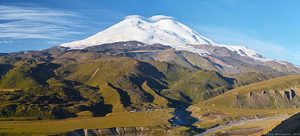
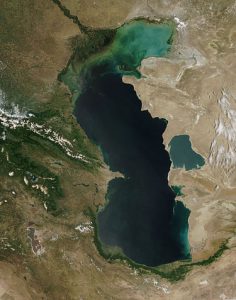
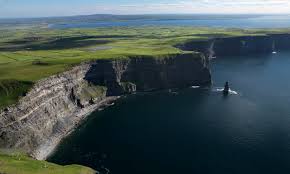
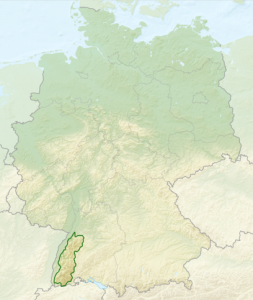
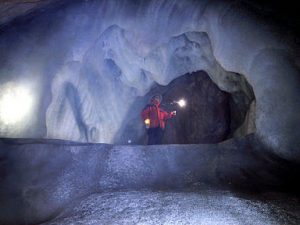
- Cliffs of Moher
- Black Forest
- Eisriesenwelt
In the history of the world, one of the most historically relevant of the seven continents is Europe. Pointing like a finger off the edge of Asia, this area has seen tremendous upheaval and decline in the history of the world. Europe still has one of the most compact combinations of nationalities and people on the face of the planet. This helps Europe stay rich in history and culture as the countries involved struggle to adapt in the 21st Century.
A Historical Region
The history of Europe dates back to the dawn of the world. This continent has had a major influence in many of the Epoch’s of the earth. However, the European influence didn’t really start to spread across the world until the time of Alexander. The conquering forces of Alexander helped push the values and culture of Southern Europe throughout the world. This paved a way for a more European view of history, with the rise and fall of Rome led to the dark ages and eventually the Renaissance.
In modern times, Europe has been the center of both World Wars. With such a collection of people and cultures smashed together, it is almost seems inevitable that these worldwide conflicts would flare to life in this multihued area. Since the end of World War II in 1945, the countries of Europe came back from the brink of annihilation. Peace has settled over the continent and very few wars have spilled out beyond the borders of their respective countries. Germany was once a separated country but has become another force in the world since reunifying in 1990. The European Union has helped to bring stability to the area while bringing a currency that is widely used.
What’s in a Name?
The name of Europe is as steeped in history as the continent itself. It comes from the Greek myth of Europa and Zeus. Of course, this doesn’t really explain why the area was named Europe. It is known that the designation has been in use since the late Sixth Century BC when the Greek Cartographer Anaximander named the region after the dazzling and mythical beauty. The idea of Europe being attached to the culture started in the Charlemagne Empire in the Ninth Century. This was used to separate the European Church from the Eastern Orthodox Church and the lands that were influenced by Islam. Europe, as we know in modern times began in the 19th Century. This trend took the already known idea of Europe and applied it to the maps being created for a world that was quickly becoming smaller.
Geological Survey Says!
The geological makeup of Europe is quite diverse. In the Northern parts of the area are the Scottish highlands. Down towards the south are the areas of the Hungarian plains. In between there are the mountains of Central Europe. There are two parts of Europe: The highlands and mountains of the southern area and the vast flat areas of the Northern area. This divide has helped create the diverse cultures that are often associated with the Continent.
Gated Climate
The climate of Europe isn’t as varied as the history and geography. With a mountain range popping up in the middle, this helps the continued separation of the north part of Europe from the south. The Gulf Stream helps keep the climate of Europe a bit milder than the rest of the world. The Western edge of the Continent is a bit drier than the rest of the area since it is on a lower plane and doesn’t have as much rain. The southern area of Europe has more of a Mediterranean flavor. It tends to be balmy and warm, with heat and water coming in from the south. The middle of the continent is greatly influenced by the mountainous region. This helps create a catchall for rain and snow, keeping the middle countries moist all year round.

